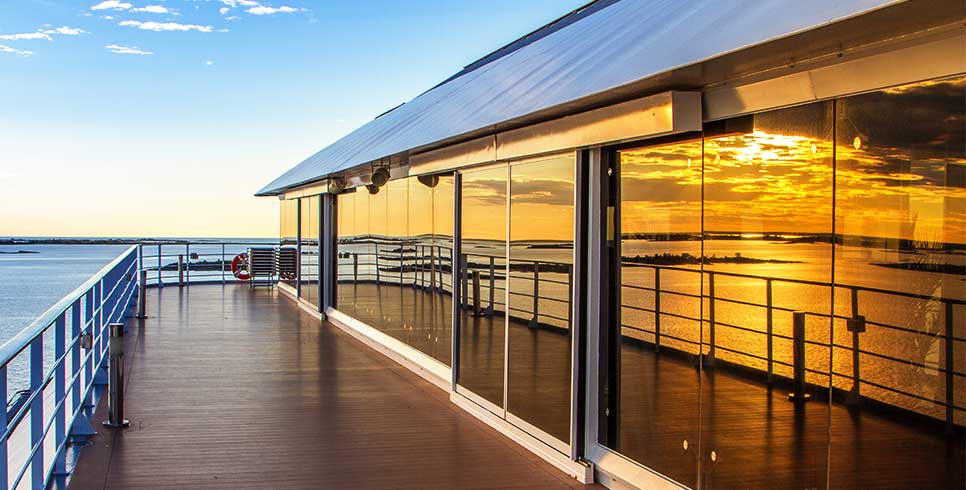Buying high-efficiency products can help you reduce utility bills, but did you know that you could get help to cover the cost of those upgrades? Financial incentives offered through local utilities and federal and state government agencies can take many forms: rebates, loans, and direct income tax deduction. A savvy way to learn about incentives available to you is to get a certified energy audit, which provides you with a prioritized report of money-saving recommendations, along with information about rebates and loans available to you.
Rebates
If you plan to upgrade appliances like a refrigerator, washer, or water heater, you can get rebates up to several thousand dollars by purchasing ENERGY STAR certified products. Check your local utility website beforehand for rebate details, as you will likely need to choose from a list of qualified dealers and specified products as well as submit an online form within a certain time frame after purchase. As a bonus, you can get an additional rebate just by having your local energy provider haul away your old model for recycling. Keep an eye out for rebates on smaller items, too, such as light bulbs, ceiling fans, and programmable thermostats.
Loans
Most states offer energy efficiency loans to help pay upfront costs for wall insulation, HVAC, or air/duct sealing upgrades by providing financing for purchases and installation. Terms include zero or low percentage interest rates with low-payment options on a fixed amount (anywhere from $5,000 to $100,000) and improvements must be performed within a set time period. In some cases, you can build your loan payments right into your utility bill. To receive the incentive, you might be required to be pre-approved and undergo an inspection after installation.
Tax Credits
There are ways to reduce your taxes when you make energy efficiency upgrades to areas like exterior windows, doors, or roofs. The U.S. federal government offers tax credits that allow you to claim a percentage of the cost as long as you have the manufacturer’s credit certification statement and proof of warranty. Usually, a home energy audit must be performed before improvements in order to be eligible for the tax deduction. There is often a cap on the credit, so refer to the IRS website or your tax preparation company for the latest values.
You can reap even bigger benefits without a cap for installing alternative energy equipment. According to the IRS, the Residential Energy Efficient Property Credit that runs through 2016 allows you to write off 30% of your costs to put alternative energy equipment in your home such as solar water heaters or residential wind turbines.
When you make home energy improvements, you enjoy the benefits of lower energy bills and increased comfort, and taking advantage of efficiency incentives means you can get paid back for your efforts as well. To find out more about incentives available in the U.S., check the Department of Energy Incentive Programs and the Database of State Incentives for Renewable and Efficiency.




